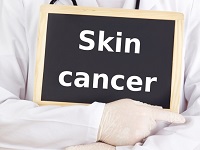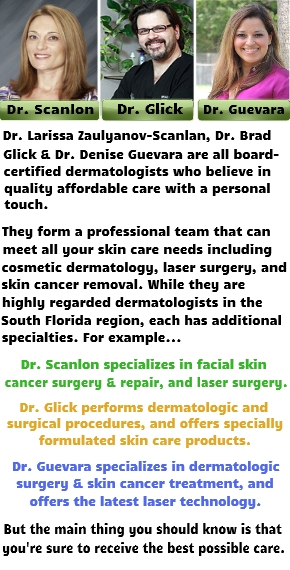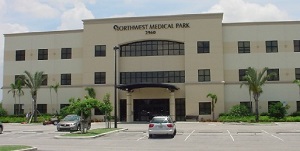 As a dermatologist in Coral Springs, I’m often asked whether a particular skin or hair condition is something that a dermatologist would handle, or if it falls under the realm of another profession. So, in this article, we’re going to discuss the field of dermatology and the role of dermatologists. This way, you’ll know if a dermatologist is what you really need. So let’s dive in.
As a dermatologist in Coral Springs, I’m often asked whether a particular skin or hair condition is something that a dermatologist would handle, or if it falls under the realm of another profession. So, in this article, we’re going to discuss the field of dermatology and the role of dermatologists. This way, you’ll know if a dermatologist is what you really need. So let’s dive in.
Believe it or not, there’s quite a bit of confusion about the field of dermatology. People generally know that it has to do with the skin, but then things start to get a little fuzzy.
What is Dermatology?
Dermatology is a medical field. It is the study, diagnosis, and treatment of the skin, hair and nails. A dermatologist is a real medical doctor. We can write prescriptions and perform surgeries.
So, for example, if you have skin cancer or think that you have it, a dermatologist has the education, experience, and resources to diagnose and treat it. By the way, did you know that the skin is the human body’s largest organ?
What are the Educational Requirements to Be a Dermatologist?
Becoming a dermatologist requires a lot of dedication, discipline, and perseverance. First of all, you must earn a college bachelor’s degree. That can take 3 to 4 years. Next, you must attend medical school and earn your medical degree (MD). That’s another 4 years. After that, there’s a 1 year internship to gain real world experience. And finally, there’s 3 year’s of residency in an approved Dermatology Program. There’s quite a bit of competition to get into this field, so good grades are a must.
What are the Job Duties of a Dermatologist?
The day to day responsibilities of a skin doctor are many, but the patient always comes first. So, a dermatologist in Coral Springs spends quite a bit of time meeting with his or her patients. The meetings will include diagnosing skin conditions, discussing general health problems, following up to determine if or how well a treatment is working out, and writing prescriptions.
In addition, some dermatologists perform surgeries to remove skin cancer or deal with other skin ailments. And if a patient is in need of a cosmetic skin procedure, the best dermatologists will perform those as well.
Dermatologists understand what beautiful skin means to every patient. So we spend a lot of time listening to the patient’s desires and expectations, and we do our best to meet and exceed them.
Do Dermatologist Treat People at All Ages?
Within the dermatology field, there are practitioners who have chosen to specialize based on their own interests. You’re probably most familiar with the popular general and cosmetic dermatology doctors, surgeons, or consultants. But others include:
Pediatric Dermatologist – This is someone who has chosen to focus their practice on babies and small children.
Dermatolopathologist – This is someone who gets very deep into the research and study of skin diseases. They also have a desire to find cures for those diseases.
Immunodermatology – This is someone who works with skin related diseases and disorders that are linked to the immune system. For example, lupus and pemphigus vulgaris would fall in this area.
So now you know what it takes to become a dermatologist, what we do, our job duties, and how some of us choose to specialize. Regardless of which type of dermatologist you’re seeking, we can help you or point you in the right direct. Call our Coral Springs FL dermatology office today to schedule an appointment or to get more information (954-906-9099).




